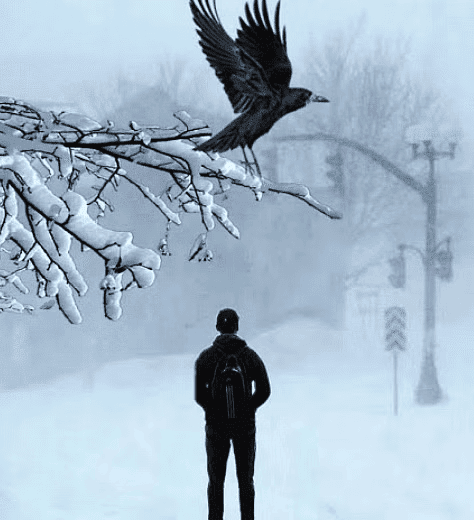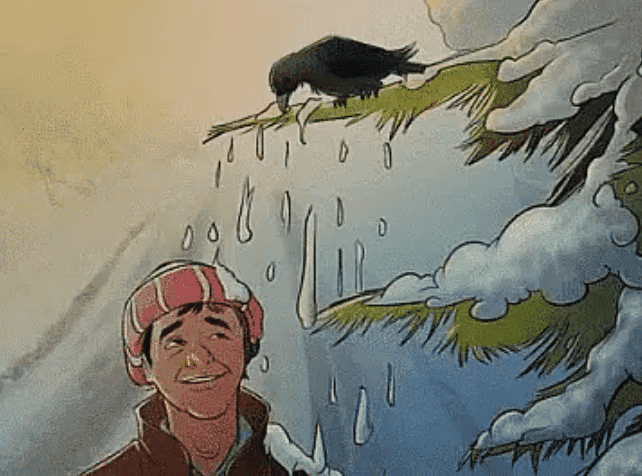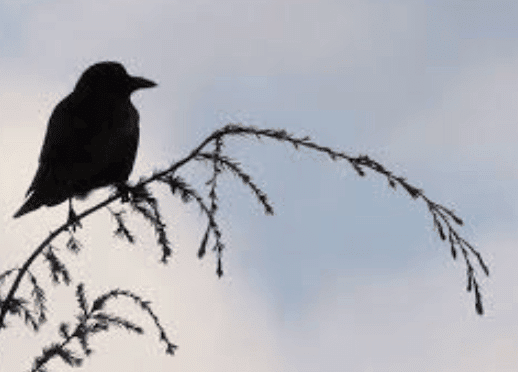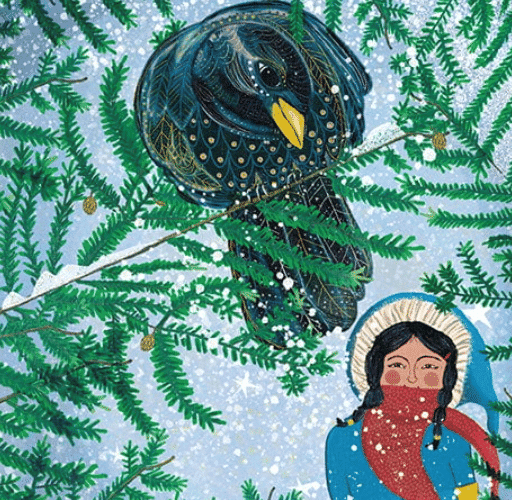|
Simple moments can carry deep meaning and have the power to change one’s mood and perspective.
|
Card: 2 / 20 |
|
True or False: The poet starts off feeling grateful for the natural events in the poem. |
Card: 3 / 20 |
|
True or False: The poem suggests that small events in nature cannot significantly affect one's mood. |
Card: 7 / 20 |
|
False. Nature can lift one's spirits and provide a respite from life's difficulties. |
Card: 8 / 20 |
|
What is the effect of the imagery used in the poem, particularly the crow scattering snow from the hemlock tree? |
Card: 9 / 20 |
|
The imagery of the crow and hemlock tree highlights how even gloomy or unlikely elements of nature can unexpectedly lift our spirits and bring a positive change in mood
|
Card: 10 / 20 |
 Unlock all Flashcards with EduRev Infinity Plan Starting from @ ₹99 only
|
|
Fill in the blank: The hemlock tree symbolizes ___ in the poem, reflecting themes of gloom and depression. |
Card: 11 / 20 |
|
True or False: The crow in the poem is a straightforward symbol of hope and positivity. |
Card: 13 / 20 |
|
False. The crow is traditionally seen as a symbol of gloom or bad omen, but in the poem, it unexpectedly brings about a positive change in the speaker's mood as it shook the tree. |
Card: 14 / 20 |
|
What poetic device is used in the line |
Card: 15 / 20 |
|
Imagery It signifies: |
Card: 16 / 20 |
|
True or False: The line 'Has given my heart' implies creating a sense of sadness and regret. |
Card: 17 / 20 |
|
What does the phrase 'Of a day I had rued.' indicate about a person's feelings? |
Card: 19 / 20 |
|
The phrase "Of a day I had rued" means: "A day I had regretted." |
Card: 20 / 20 |


























